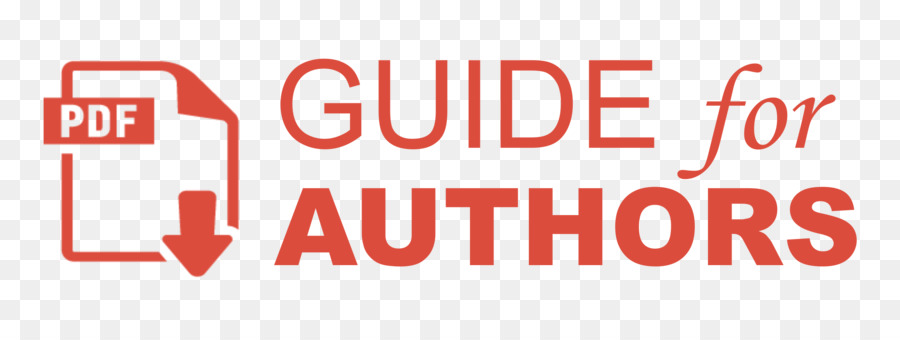THE FUNCTIONS OF SPEECH AND POLITENESS STRATEGY IN CLASSROOM INTERACTION
(1) FKIP Universitas Islam Kalimantan (UNISKA) Banjarmasin
(*) Corresponding Author
Sari
The application of character education in the materials’ of students’ activities at school was occurred when the qualities of three aspects of education changed. Three aspects here are cognitive, affective, and psychomotor which look to the knowledge improvement, behavior, and skill based on education pillars consequently with the realization of knowledgeable and characterized person. These categories of the functions of speech and politeness strategy always used by the teacher inleading the student to do their activities through the teaching learning process in the classroom. This study was conducted to find out the kind of functions of speech applied and politeness strategy used by the English teacher in the classroom interaction. The setting of the study was class XII and class X of SMK Negeri 3 Banjarmasin. The subject of this study was an English teacher. The data were collected by observation, and documentation. The data taken from three meetings of the teacher’s teaching schedules. The analysis of the functions of speech and politeness strategy in the classroom interaction is an analysis of the transcription of teacher’s speech in the class. This is similar with the way people analyze other transcription in general. Based on the findings, the teacher gives positive results toward this research. Teacher applied all those categories of the functions of speech needed by students to be knowledgeable person. And the teacher almost used positive politeness strategy in his teaching to shape up a politer characterized person. For the next researchers who are interested in the same topic, it is suggested to conduct a research about the analysis of the functions of speech and politeness strategy of the teacher’s speech applied in different school. The result of such studies can help the teacher leads the students’ learn in the classroom interaction more effective and politer for future learner.
Key Words : Classroom Interaction, The Functions of Speech, and Politeness Strategy.
Teks Lengkap:
PDFReferensi
Arikunto, Suharsimi. Manajemen Penelitian. Jakarta: Rineka Cipta. 1995.
AdhikaPutri, L.P.U., Skripsi:“Analysis of Politeness Strategy in Oprah Winfrey’s Talk Show with Ricky Martinas Guest Star”. Udayana University.
Brazil, David. A Grammar of Speech. Oxford University Press, 1995.
Brown, Penelope, - Stephen Levinson. Politeness: Some Universals in Language Usage. UK: Cambridge University Press, 1987.
Consolo, D.A. Classroom Oral Interaction in Foreign Language Lessons and Implication for Teacher Development. 2006.
Culpeper, Jonathan. 1996. “Towards an Anatomy of Impoliteness”. Journal of Pragmatics. 25 (3), 349-367.
Escandell, Victoria. 1998. “Politeness: A Relevant Issue for Relevance Theory”. Revista Alicantina de Estidios Ingleses, 11, 45-57.
Glaser, Karen. Acquiring Pragmatic Competence in a foreign languagemastering preferred speech acts.Chemnitz University of Technology, 2009.
Grossi, Vittoria. Teaching Pragmatic Competence: Compliments and Compliments Responses in The ESL Classroom. Macquarie University, 2009.
Harmer, Jeremy. How to Teach English. An Introduction to The Practice of English Language Teaching. Longman, 1998.
Hidayah, Nur.,Skripsi: “The Analysis of Speech Function Used By English Teachers’ Instructionsat SMPN 6 Salatigainthe academic yearof 2011/2012”. STAIN Salatiga. 2012.
Holmes, Janet. An Introduction to Sociolinguistics. London and New York: Longman, 2012.
Kasper, Gabriele. SecondLanguage Teaching and Curriculum Center. University of Hawaii, 1997.
DOI: http://dx.doi.org/10.31602/alsh.v3i1.816
Refbacks
- Saat ini tidak ada refbacks.
Al-Ulum : Jurnal Ilmu Sosial dan Humaniora by https://ojs.uniska-bjm.ac.id/index.php/ALSH is licensed under is licensed under a Creative Commons Attribution-ShareAlike 4.0 International License.












